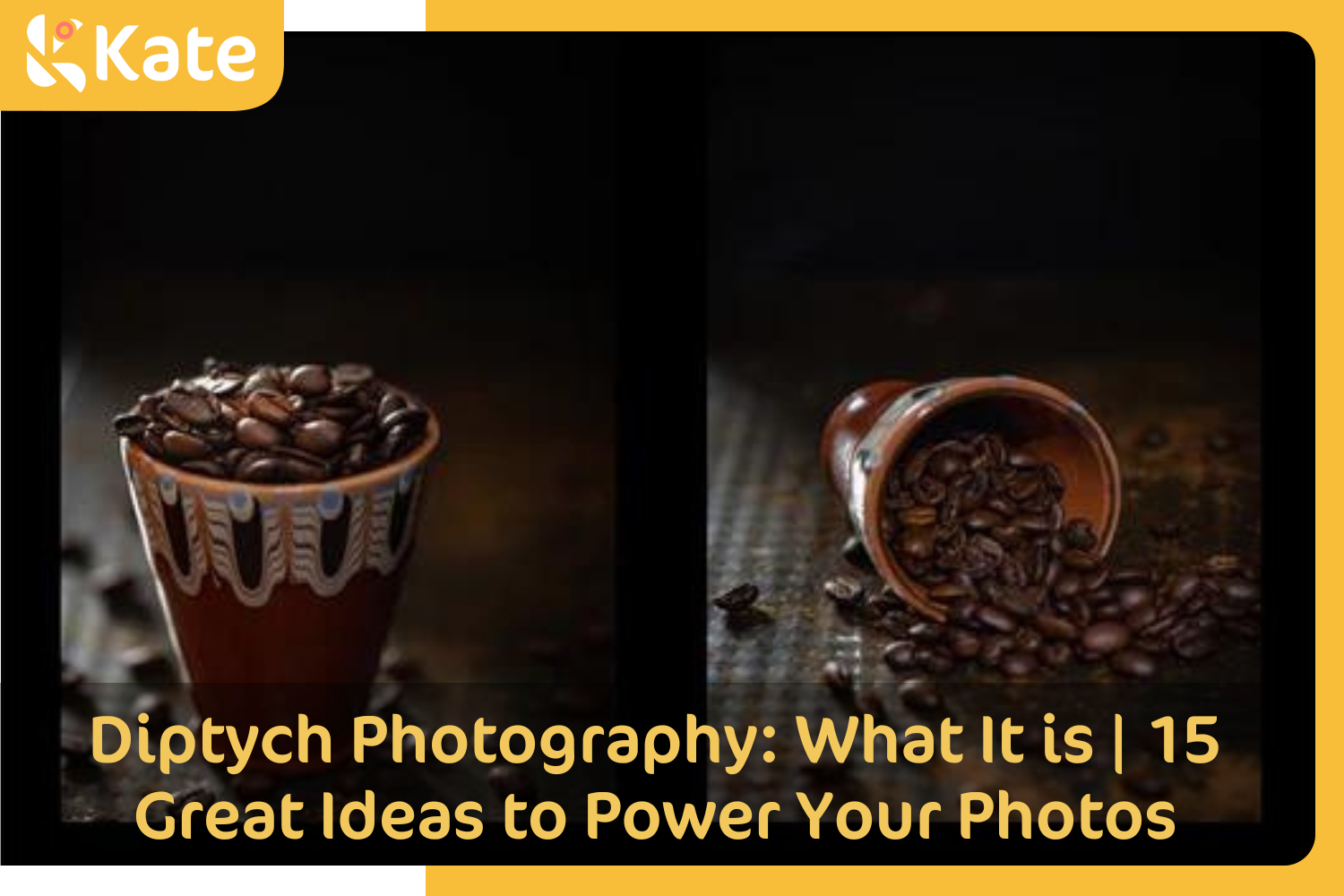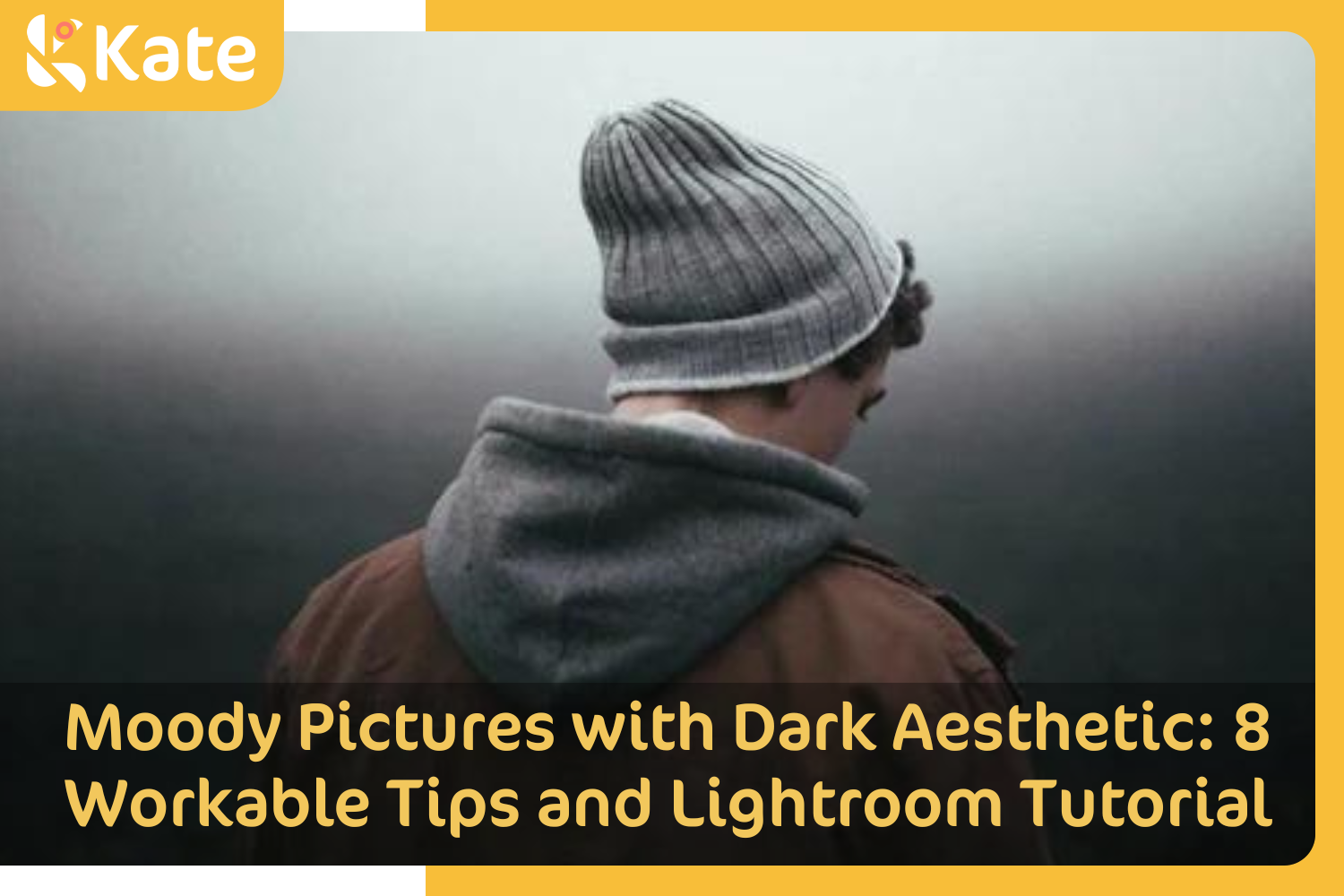Diptych Photography: What It is | 15 Great Ideas to Power Your Photos

You can explore various creative forms through diptych photography. Also, the simple art form allows you to effectively interact with different photo genres. It involves double displays which you can exploit to get varying results. Additionally, it suits ambitious photographers or those looking to expand their knowledge in the field.
If you're wondering what diptych photography is, the following article gives the answer and how you can benefit from the creative art. Also, we'll review various ideas you can try for your shoots.
What is Diptych Photography?
The diptych photography technique involves displaying contrasting photos/images, side-by-side, and in a single or unified frame.
Usually, these images draw comparisons or explore different meanings. They help you create a story in juxtaposition, symmetry, pattern, and a complete narrative in a single frame.
Who Benefits from Diptych Photography
Here are some of the genres and people who can benefit from this art form:
- Nature photographers: You can use them to show the seasons' differences or contrasting ecosystems.
- Portrait photographers: It is handy in showing changes in a subject's expression or mood.
- Street photography helps show the differences between cities or buildings.
- Color/texture/size photography: Showing contrasting colors and textures
That said, we've got you covered with 15 ideas to achieve the best diptych type of photography. Continue reading to discover more:
Ideas to Achieve Great Diptych Photos
Here's how you can achieve the best results:
1. Portraying Artificial Vs. Natural Features
Try showing the contrast between man-made features and nature. This is arguably the best contrasting form, helping show the two sides of this world.
For instance, you can capture and compare city life with the Amazon's. This can help portray how modern architecture affects the environment or simply contrast their beauty.
2. Traditional Culture Vs. Modern Cultures
Time is an illusion, and our cultures show this factor primarily through technological evolution. You can portray this by capturing a traditional cultural aspect and comparing it with an existing one.
For instance, try getting a model to wear a particular traditional clothing, then style the same to look like a modern version. This will help show progress, growth, or change in that context.

Photo by Filip Fuxa on Shutterstock
3. Seasonal Changes
As simple as it sounds, comparing two seasons in a single frame is among the most creative photography practices. Simply start by comparing the winter and summer or Autumn and Spring.
Each season has unique features, and an excellent opportunity to test various diptych photography techniques. Also, a specific weather season can give you extraordinary contrasting results.
4. Emotional Contrast
If you're a portrait photographer, showing emotional contrast is your solution. Try having your subject act naturally and capture each moment to get your best shots. Success in comparing the moods will deeply communicate to your audience, depicting various authentic meanings.
5. Urban Reflections

Photo by WildStrawberry on Shutterstock
If you're an urban photographer, the reflective surfaces of urban environments are perfect for creating diptych juxtapositions. Luckily, cities have authentic mirrors to give the best results. They let you capture city activities like hustles, traffic, and pedestrians.
6. Night and Day Transitions
Most people argue this concept is best portrayed in video format. However, creatively combined photos can help portray night and day transitions. For instance, golden hours’ sunlight captures the essence of a good morning and the end of a fantastic day. Creativity can include using different settings like highways and incorporating post-editing to get the best results.
7. Macro to Micro
Comparison Attention to detail can be handled through macro-to-micro photography. Realistic shots can involve capturing a seed and its sprouting stage. Other examples can be zoomed-in and zoomed-out subjects.
8. Motion Vs. Stillness

Photo by Kalliope Voutzali on Shutterstock
You can match a motion photo and a similar version when still. The street can be your friend for such photos, helping you showcase moving traffic scenes with that of a quiet countryside road. Another way is capturing a dancer in motion and in a meditating figure. These ideas invite viewers to contemplate the rhythms of life.
9. Age Contrast
You can use one person in different stages of their life. However, this requires patience, perhaps try it with a friend or a family member. Another way is getting an older person and a younger version of the same gender.
Ensure they're either dressed similarly or are in the same setting to achieve authentic results. Additionally, trying this with a couple is a good way of showing love to young and older couples.
10. Symmetry and Asymmetry
Another option is to create diptychs that have contrasting compositions. For instance, you can display juxtaposition by mirroring a scene with one that is slightly unconventional. Also, explore between two complementary shapes.
11. Light and Shadow
Try creating diptychs that contrast bright and darkly lit subjects. For instance, it helps you depict the following:
- Striking contrast between bright streets and gloomy alleyways
- Dramatic interplay of light and shadow on architectural facades.
The above concepts urge viewers to consider the transformational power of illumination.

Photo by Yurchikys on Shutterstock
12. Dream vs. Reality
Pair strange or magical photos with those from everyday situations to explore the contrast between reality and imagination. Try combining colorful dreamscapes with your urban surroundings or surreal visions with documentary-style pictures.
13. Natural Elements
Another excellent method is depicting natural elements and their different contexts. An example includes capturing the sunset against the cold blue hues of a rushing river. This concept invites viewers to connect with the natural features that define our planet.
14. Inhabited Vs. Abandoned

Photo by Ecajour on Shutterstock
Also, try to explore the inhabited and abandoned structures. Those reclaimed by nature carry deeper value for your photos. You can capture streets with decaying ruins or vibrant city gardens. Therefore, you'll emulate the complete cycle of life and decay that defines our built environment.
15. Human Connection
Photos are the absolute way to capture and store human emotions. It gets better when you have different individuals together while in a state of sharing, loving, laughter, or conversation.
You can capture the bond between friends, the tenderness of a parent and child, or the bittersweet ache of longing. Such displays literally relay the feeling of what you want to communicate to a viewer.
Conclusion
There you have it on the best Diptych photography ideas for your next creative shoot. The explained concepts are diverse, allowing you to try other ideas, including shots, and settings. Also, some like nature photography work well for beginners looking to improve their skills.
If you like this article, please share it! Be sure to join our FB Group: https://www.facebook.com/groups/Katebackdrops/. to share your ideas! You can also receive free articles, updates as well as discount information from https://www.katebackdrop.com/ and our FB Group.













 Christmas Fireplace
Christmas Fireplace

